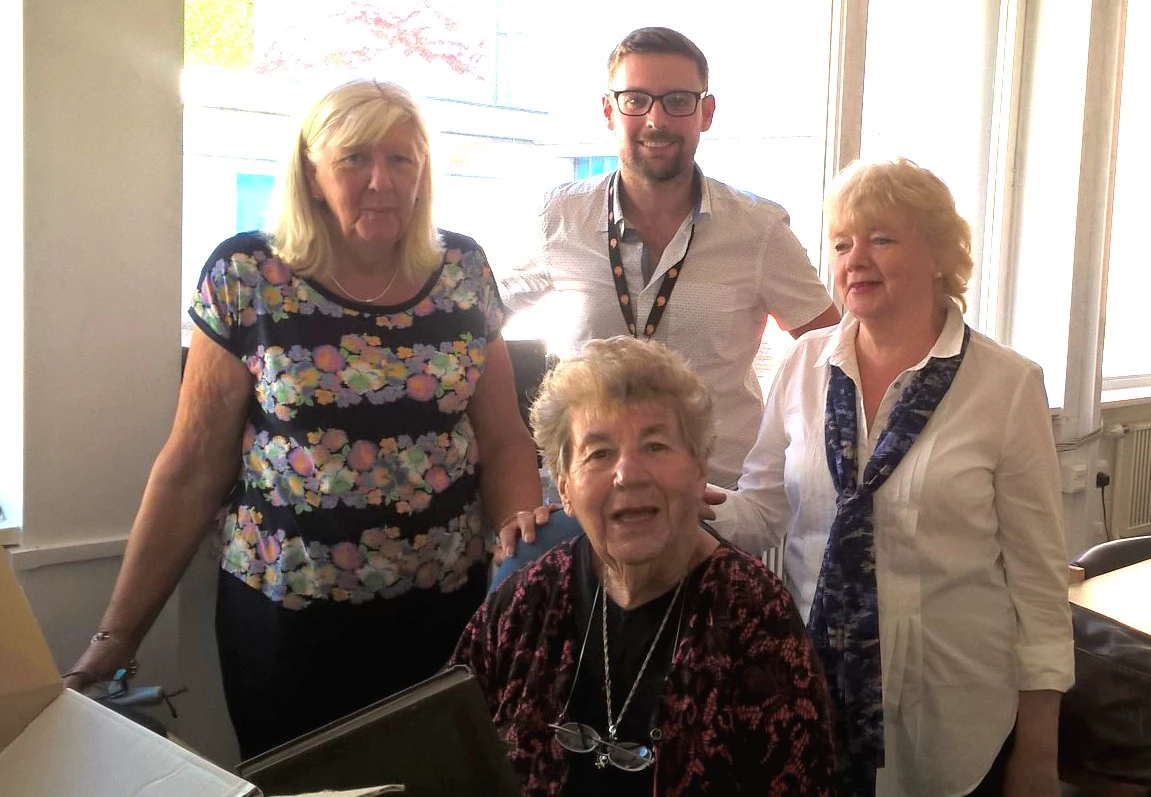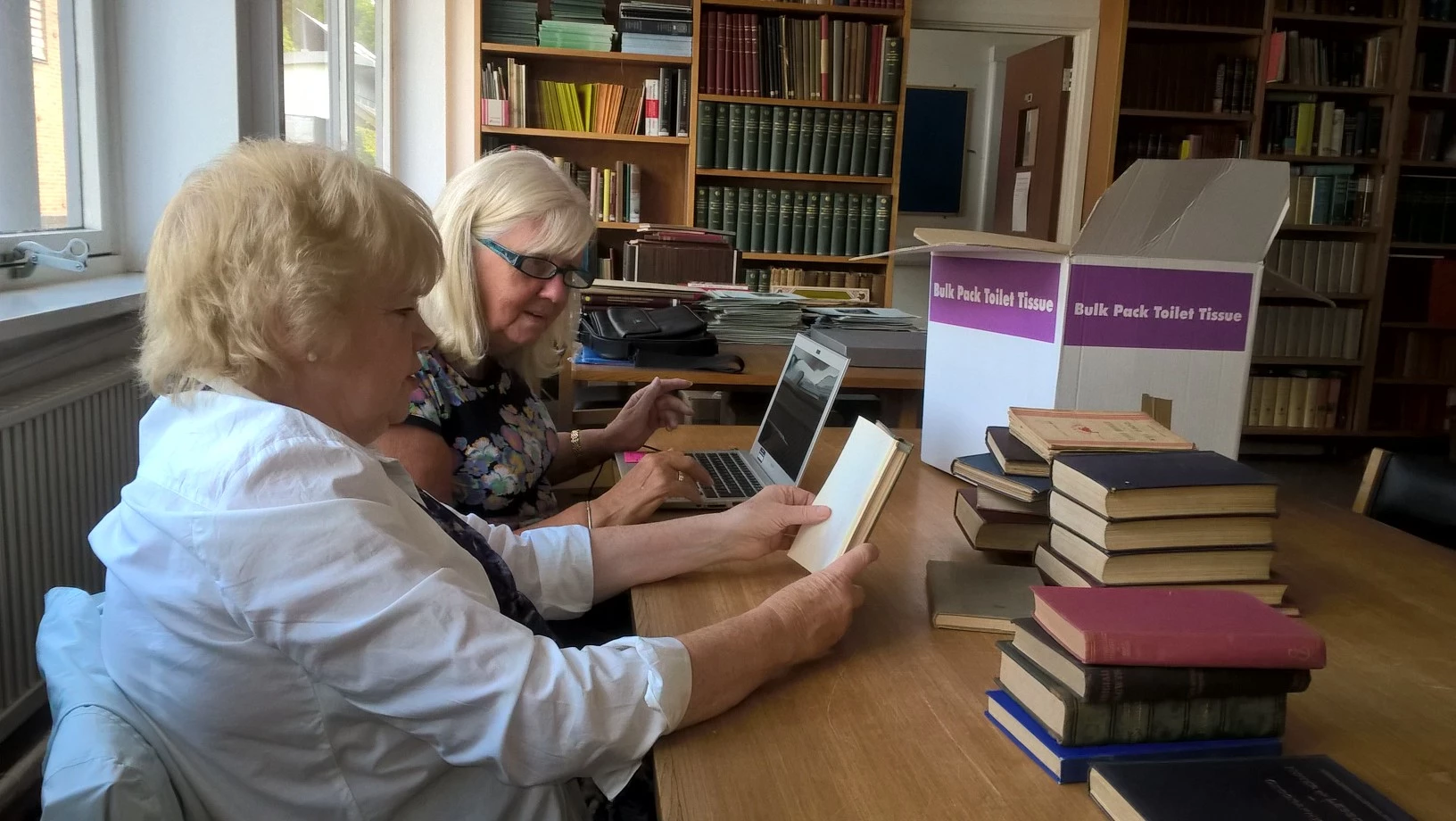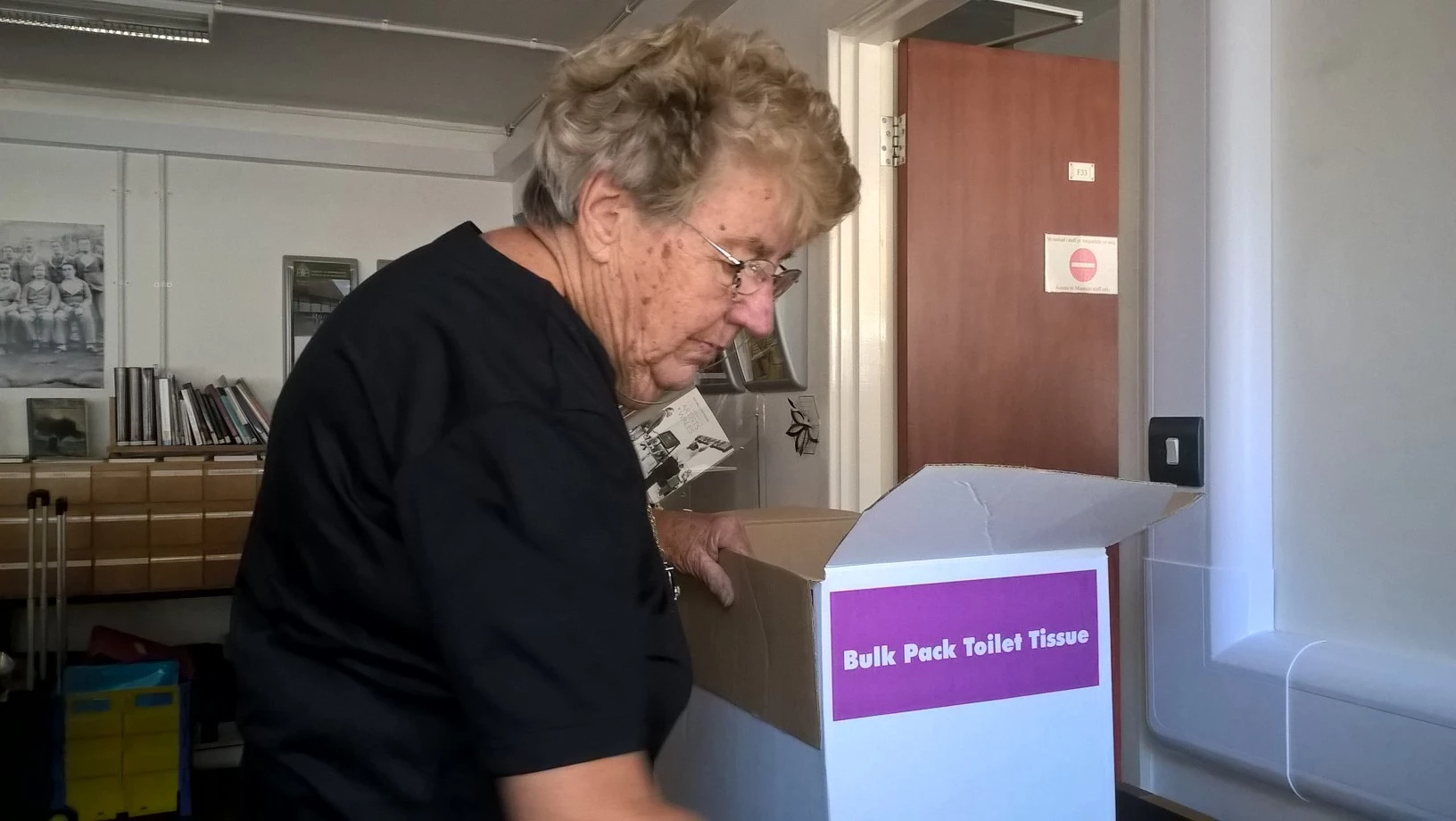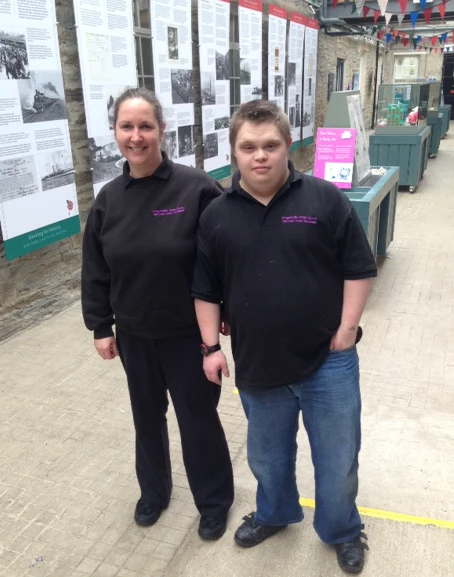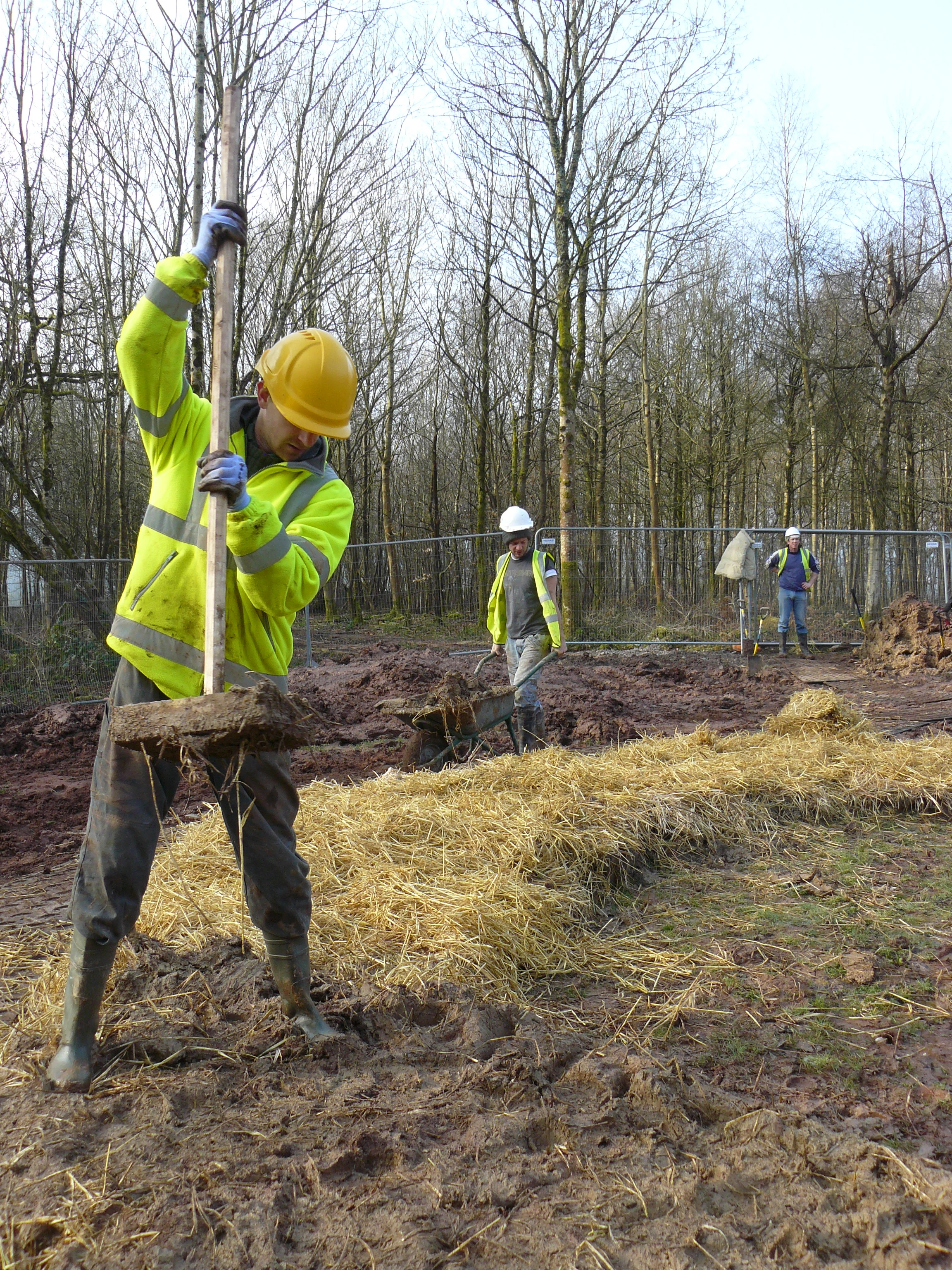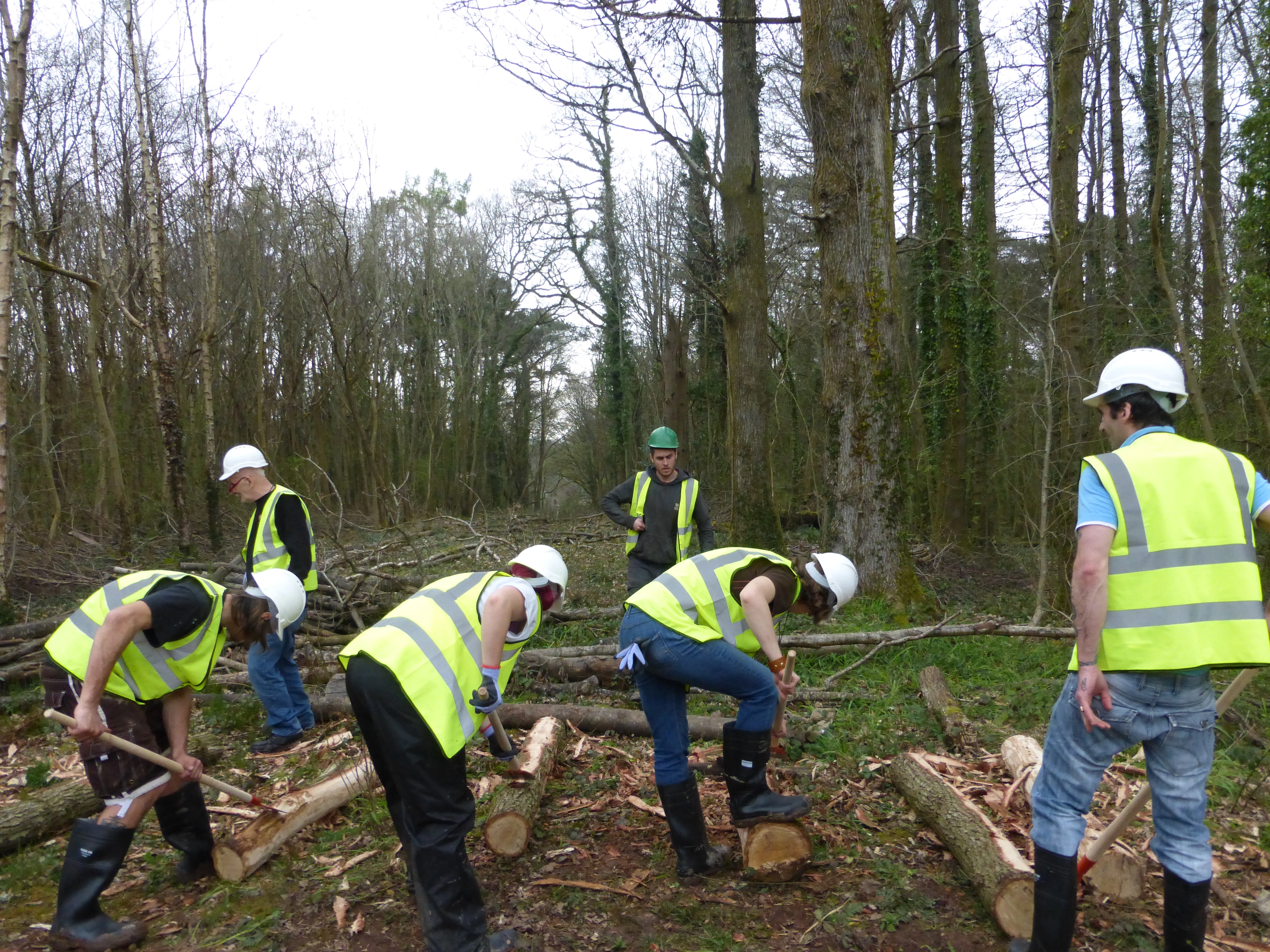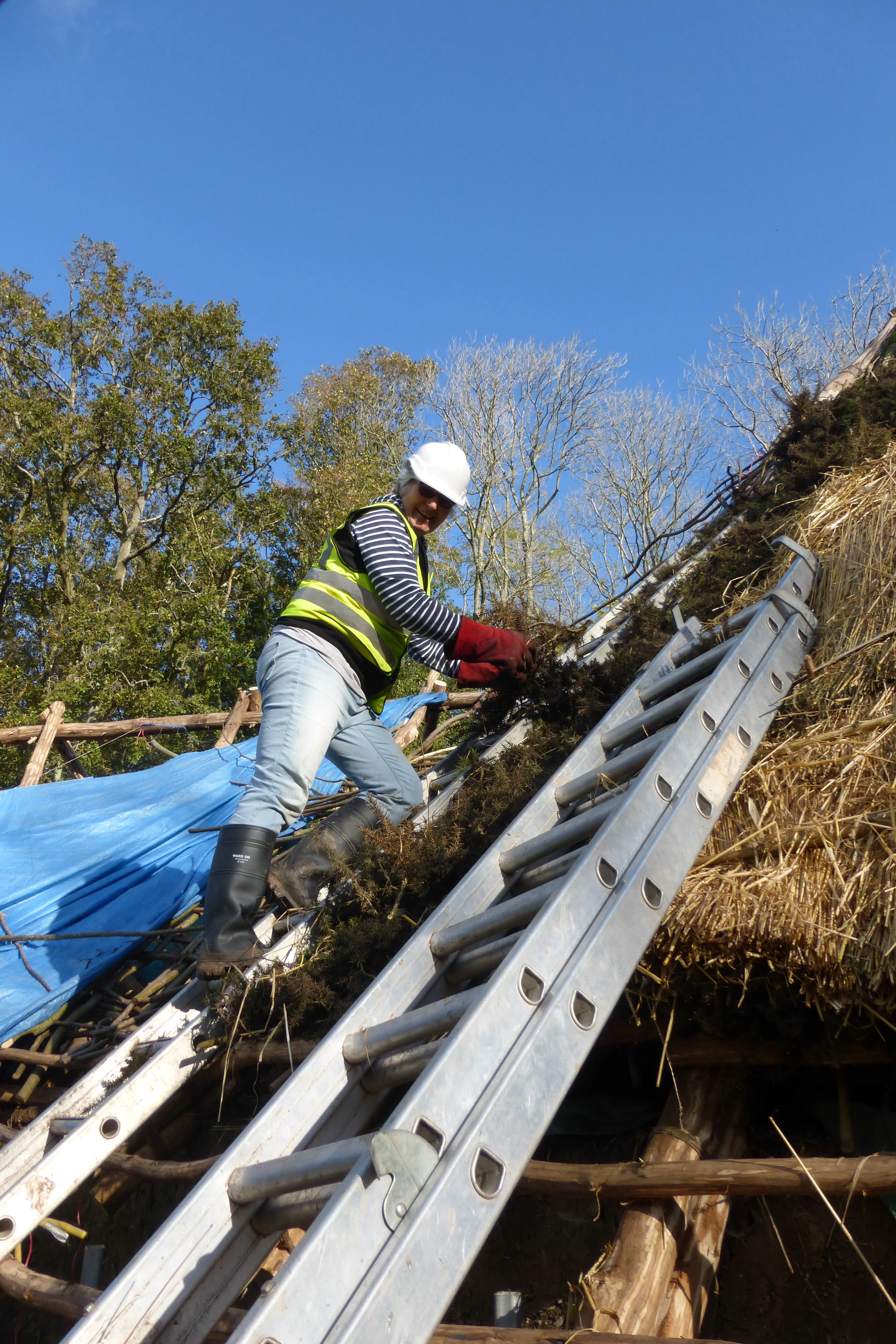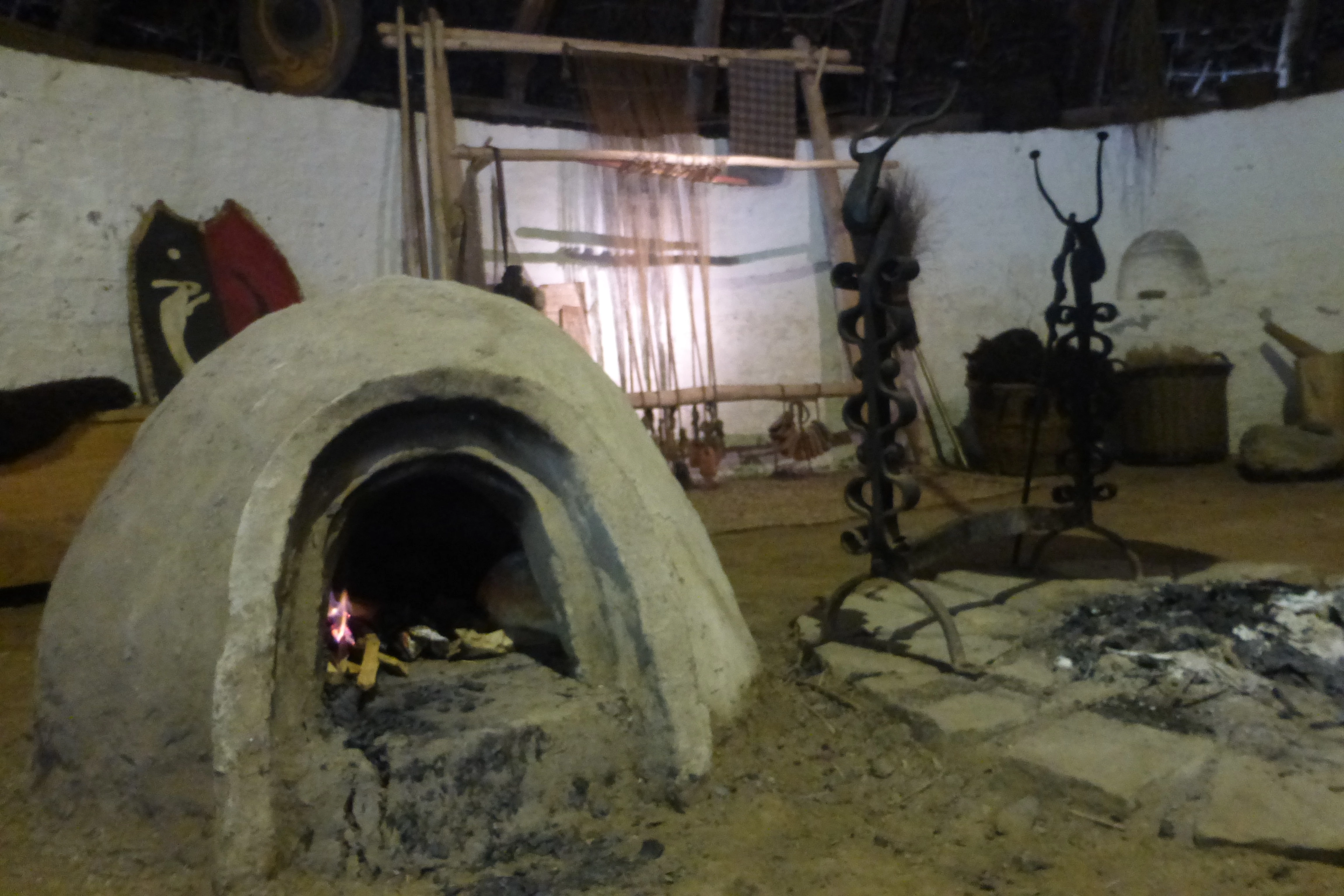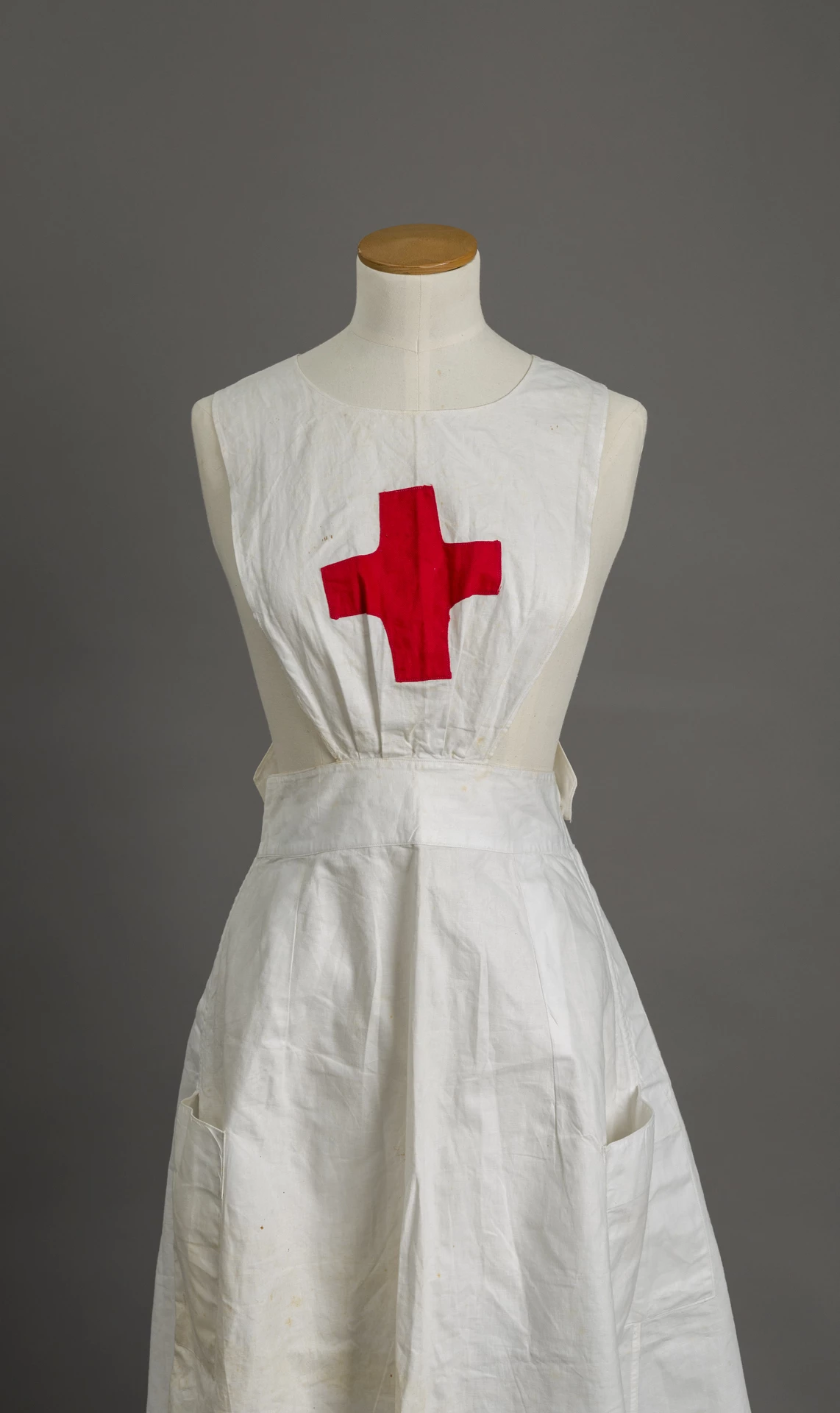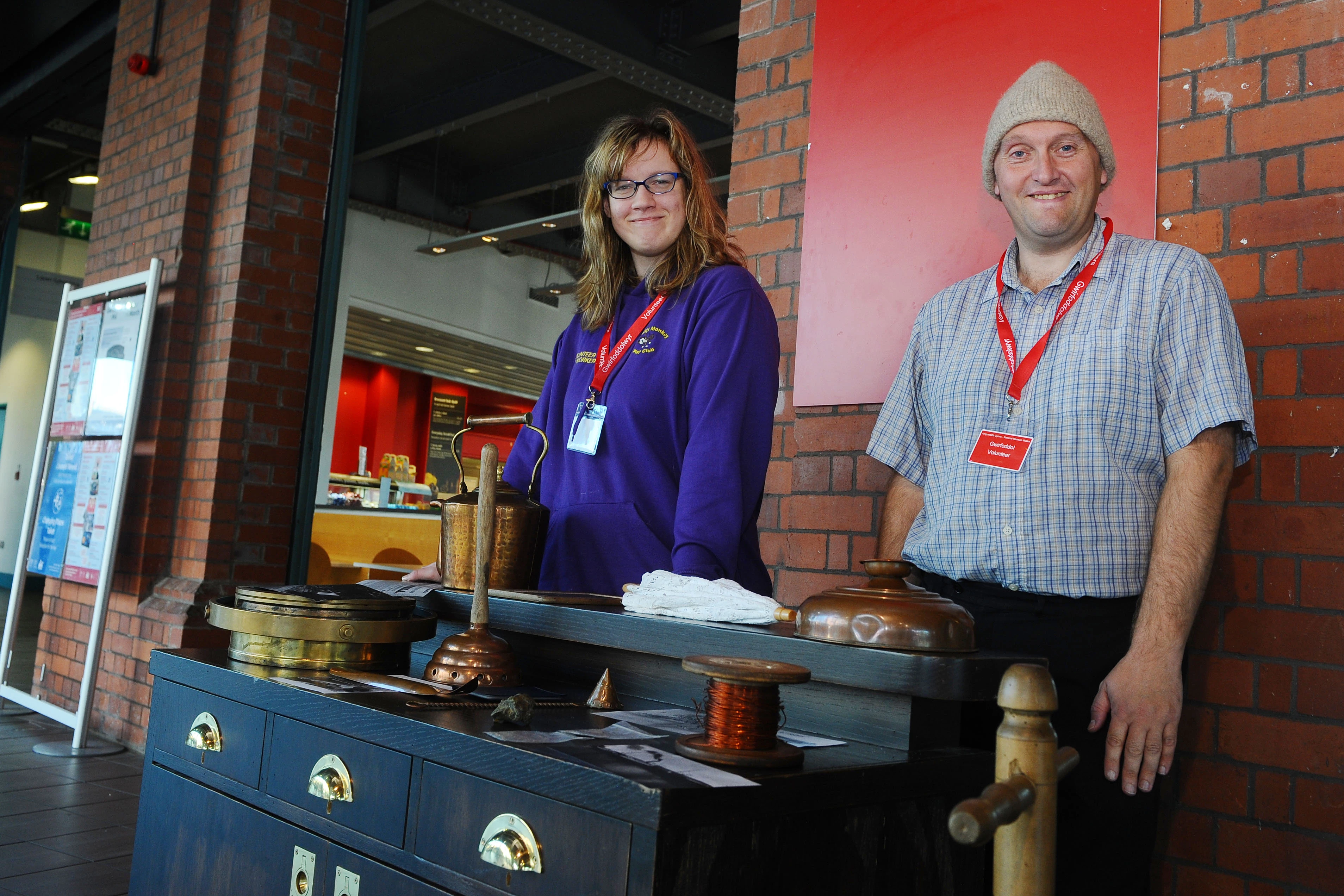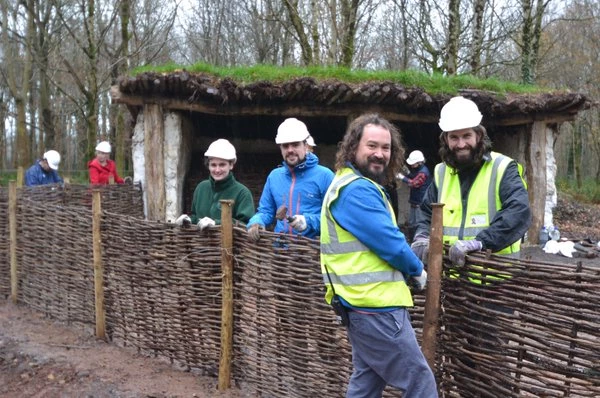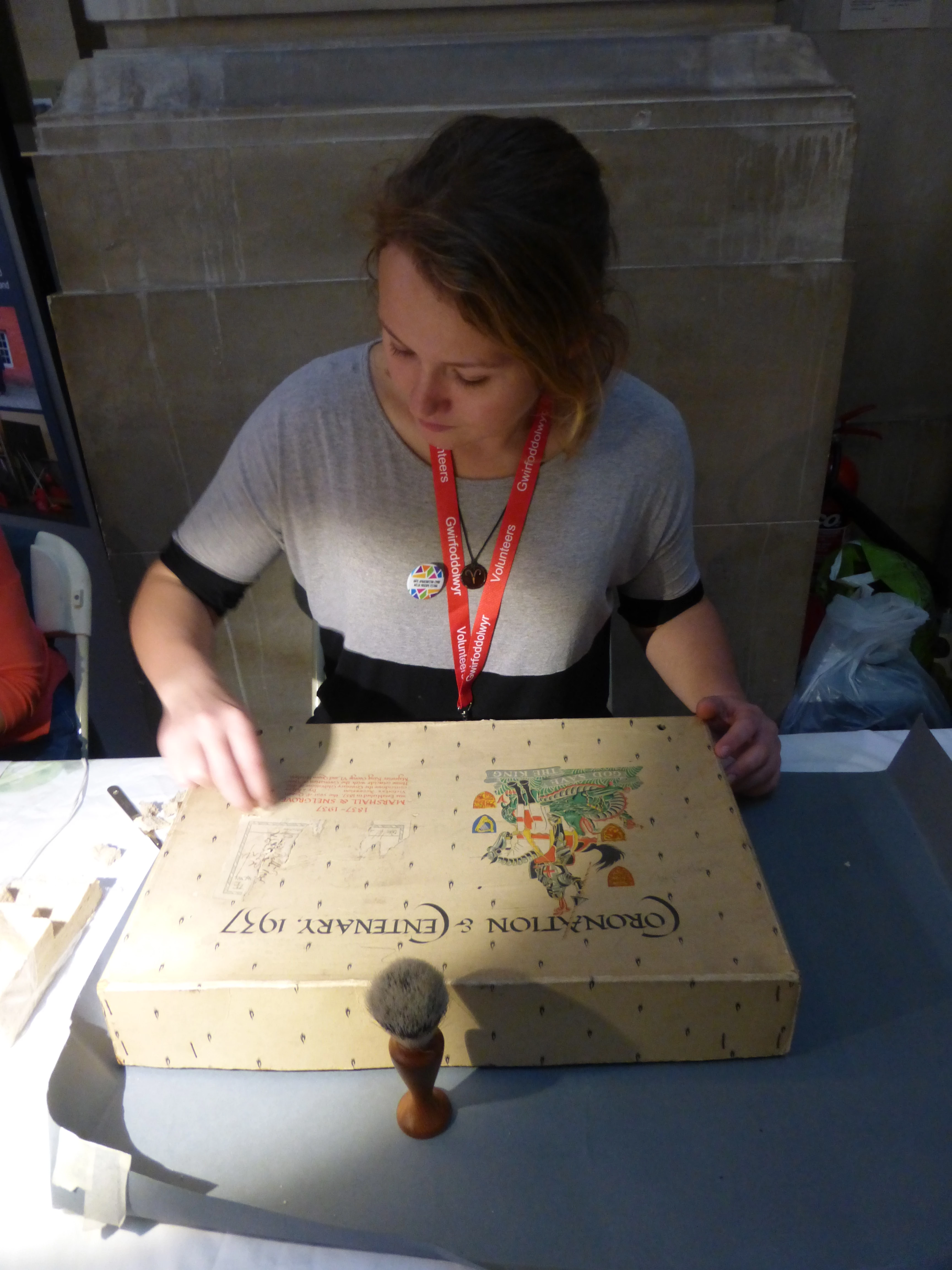Cataloguing the Oakdale Library - Architecture, Austen and Ants
, 26 September 2016
We met in the Museum’s car park, not quite knowing what to expect. Our 50+ Group had been asked if we fancied cataloguing more than a thousand books from the library at the Oakdale Workmen’s Institute as part of the re-interpretation of the building and all four of us had been intrigued by the request.
Sioned greeted us with a warm welcome and we were taken to the library in the ‘new’ building to meet Richard, the librarian. And so began five extremely enjoyable Thursdays.
The books had been packed into boxes and our task was to fill the spreadsheets with name, author and publication date. We noted the condition of the book and if it had come from another library or institute (e.g. Nantymoel or Aberkenfig).
Delving into each box, not knowing what we might discover, was like plunging into a box of chocolates. Mining and engineering books were obviously very popular in Lewis Merthyr Library – were they borrowed by young men keen to further their careers? There were many books on mathematics, science and architecture – all well-used according to the date stamps on page three. And then there were novels by popular authors like Jane Austen, Daniel Defoe and Charles Dickens – read and enjoyed in a time before television and computers. A few books, with risqué titles, were obviously well-thumbed and our work stopped as we contemplated why they appeared to be more popular than ‘Advanced Algebra’ or ‘Modern Mechanics’.
It was a fascinating insight into a random selection of books, some dating back to the 1870s, and we are so grateful to the Museum for including us in this work. Richard was on hand to answer questions and solve mysteries – why did so many Welsh preachers write books about themselves? Who bought them? And who decided to write ‘The Life of the White Ant’ (and did anyone ever read it)?
We’ve thoroughly enjoyed our five days ‘work’, have learnt new skills, met lovely people and, also, become better acquainted after visiting all of the eateries in the Museum for lunch. If there’s any more volunteering on offer – please put our names on this list.
The re-interpretation of Oakdale Workmen’s Institute is supported by the Armed Forces Community Covenant Grant Scheme.
